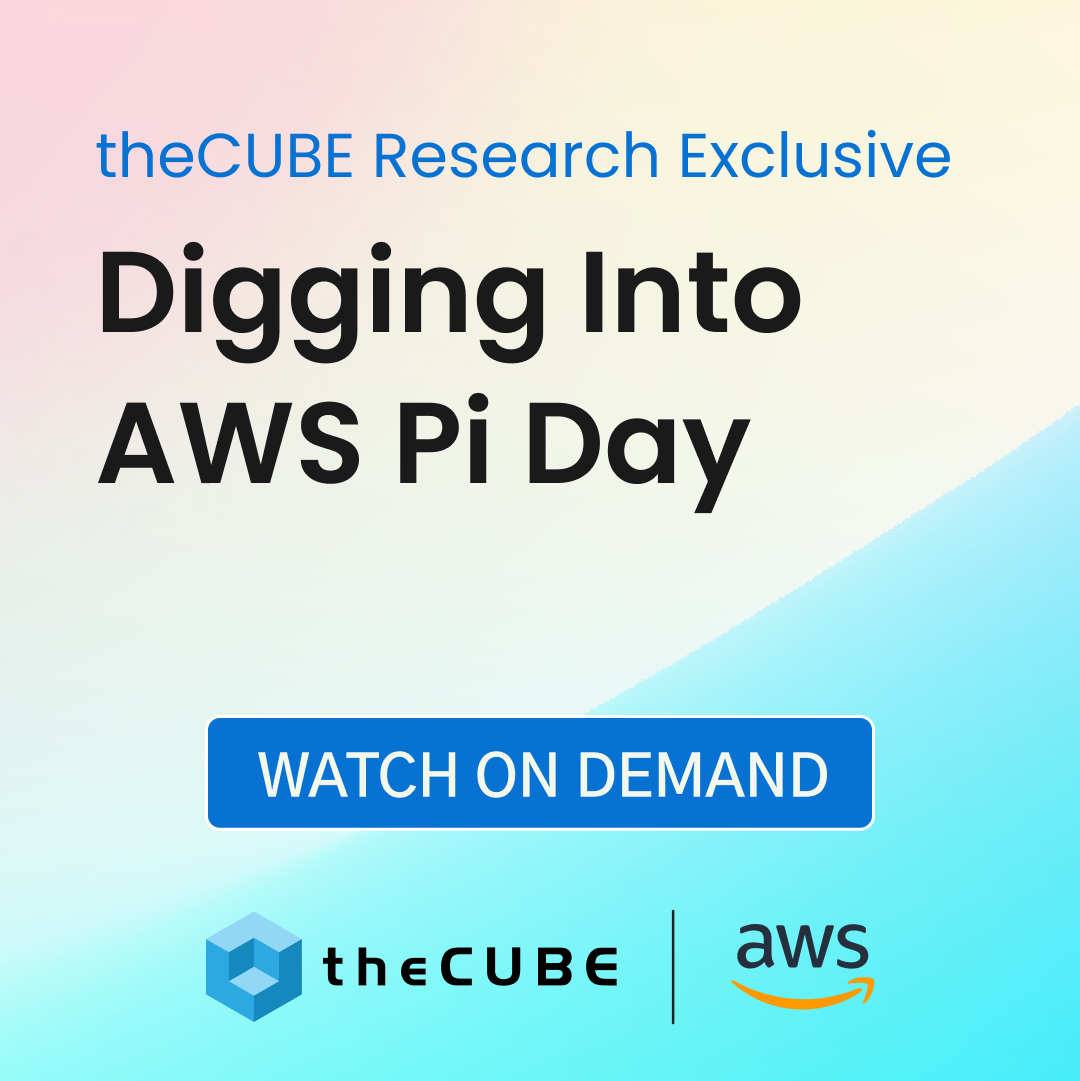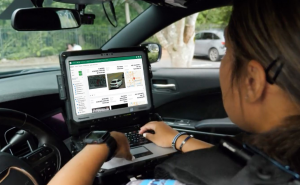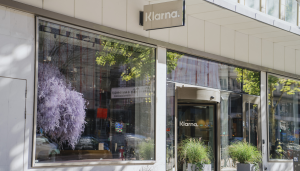Progress on SEP 2.0: Interoperability Consortium Announced
Moments ago at the Wi-Fi Alliance Smart Energy Forum, four key networking alliances announced a consortium to test and certify the interoperability of Smart Energy Profile 2.0 applications and devices.
This is big. Important. Vital to the success of the Smart Grid, even.
Why? Well, until now, the ZigBee Alliance had a stranglehold on the certification and interoperability (C&I) of the forthcoming SEP 2.0 specification. Organizations developing ![]() and certifying their own specifications is nothing new. However, the development of Smart Energy Profile 2.0 has become so important to the Smart Grid industry in North America and beyond that a single alliance–even one with as broad a membership base as the ZigBee Alliance–maintaining the C&I program for devices running SEP 2.0 would be simply untenable. Too many competing agendas from multiple competing alliances leads not just to a confused market, but to a non-interoperable market.
and certifying their own specifications is nothing new. However, the development of Smart Energy Profile 2.0 has become so important to the Smart Grid industry in North America and beyond that a single alliance–even one with as broad a membership base as the ZigBee Alliance–maintaining the C&I program for devices running SEP 2.0 would be simply untenable. Too many competing agendas from multiple competing alliances leads not just to a confused market, but to a non-interoperable market.
The Wi-Fi Alliance will ship a billion chipsets this year–they get interoperability. ZigBee, HomePlug, and HomeGrid combined ship a fraction of that number; while each has a C&I program, the fact that Wi-Fi has certified more than 10,000 products over the last decade means they understand both the technical challenges and implementation nuances required to deliver successful products to industrial, commercial, and consumer markets. I expect that the best ingredients from each of the four alliances’ C&I programs will combine to deliver a compelling recipe, one which satiates stakeholders’ hunger in their respective markets.
Do I expect to see all the alliances together on a stage at GridWeek singing Kumbaya? Uh, no. Never confuse selling with installing. I’m thrilled that the four alliances have agreed to bury the hatchet in an attempt to collaborate on C&I. But I’m entirely realistic that in burying the hatchet, each alliance will still bring to the table guns, knives, phasors (synchro?), shanks, and shivs. Ultimately, SEP 2.0 customers will compel the participating alliances to behave, to cooperate, to deliver to market truly interoperable products.
If I’m a utility like PG&E, Southern California Edison, Duke, BC Hydro, or Consumers Energy, I count today as a huge win; each of these utilities (and numerous others I don’t have space to name) are contributing to and leading Smart Grid standards development efforts, in an effort to ensure that the products which go into commercial, industrial, and residential spaces deliver the reliability and security required by regulators and consumers alike.
If I’m a retailer like Best Buy, Amazon, Currys, or Media Markt, I also count today as a huge win; while utilities will be the key delivery channel for most SEP 2.0 products at inception, expect that many retailers will stock SEP 2.0 certified products soon after (or perhaps upon) shipment of the first SEP 2.0 products. Retailers had a heck of a time with Wi-Fi routers in the early days, with no defect found (NDF) returns exceeding 33%. These issues were not related to the interoperability of the products at a wireless level, but due to configuration complexity, particularly around security. Retailers have made clear to vendors and alliances that they will no longer put up with products that are so immature ![]() as to cause high levels of NDF returns; while certain products still slip through before they’re ready (GoogleTV, for instance), retailers simply can’t and won’t deal with a reverse supply chain pumped full of functional-yet-unusable products. Today’s announcement should give hope to all retailers that once an SEP 2.0 product is sold, it stays sold.
as to cause high levels of NDF returns; while certain products still slip through before they’re ready (GoogleTV, for instance), retailers simply can’t and won’t deal with a reverse supply chain pumped full of functional-yet-unusable products. Today’s announcement should give hope to all retailers that once an SEP 2.0 product is sold, it stays sold.
If I’m a consumer, I count today as a huge win. Utilities and vendors have been espousing the benefits of Smart Grid for years; today’s announcement may’ve shortened the timeframe to successful rollouts, leading to better control and hopefully lower overall bills for consumers.
And, if I’m a regulator, I count today as a huge win, since the multi-alliance consortium should theoretically enable a market which is easier for regulators and their constituents to understand.
Is today the signing of an armistice? Hardly. Putting together under a single C&I umbrella four alliances with powerful, multinational conglomerates as members may simply lead to yet another venue for the alliances to gripe and snipe at each other.
For the sake of every Smart Grid customer, I hope not. Somebody needs to be the general, with colonels, light birds, and other officers and enlisted below him or her. We don’t need another forum for thrash. We need a forum for progress.
Years from now, with the right kind of eyes, hopefully we’ll look back on this day as the high water mark–that place where the wave finally broke and rolled back.
[Cross-posted at (hā-kōōp’)]
A message from John Furrier, co-founder of SiliconANGLE:
Your vote of support is important to us and it helps us keep the content FREE.
One click below supports our mission to provide free, deep, and relevant content.
Join our community on YouTube
Join the community that includes more than 15,000 #CubeAlumni experts, including Amazon.com CEO Andy Jassy, Dell Technologies founder and CEO Michael Dell, Intel CEO Pat Gelsinger, and many more luminaries and experts.
THANK YOU













